Family flower cultivation| Phalaenopsis breeding methods and precautions
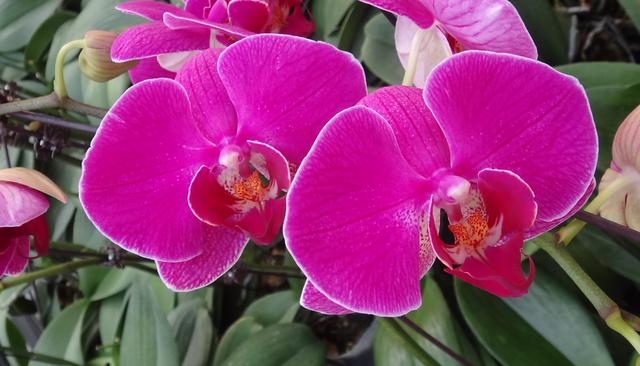
The butterfly orchid is graceful, and the flower is so named because it is shaped like a butterfly. It is widely planted all over the world. If you want to raise colorful Phalaenopsis, it is necessary to master the breeding methods and points for attention of Phalaenopsis.
Phalaenopsis likes the environment of high temperature, high humidity, ventilation and ventilation, can not tolerate waterlogging, semi-shade environment, avoid direct sunlight, avoid stagnant water, fear cold, the suitable temperature for growth is 22: 28 ℃, and the overwintering temperature is not lower than 15 ℃.
The growth stage is 26 ~ 27 ℃ and the flowering stage is 19 ~ 21 ℃. When the light is insufficient or the daily temperature is too high, it should be maintained at 18 ℃ to strengthen the flower induction (induced flower bud).
Culture methods of Phalaenopsis:
1. Temperature
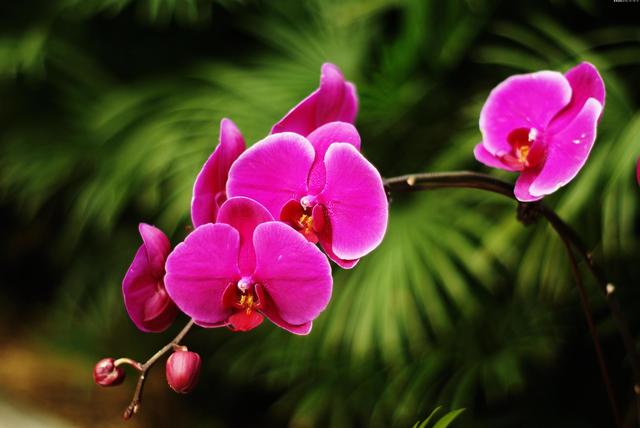
The first thing to keep Phalaenopsis at home is to keep the temperature. Phalaenopsis likes the environment of high temperature and humidity. Attention should be paid to the increase of temperature at the turn of autumn, winter and spring, as well as when the temperature is low in winter.
When the summer temperature is too high, you need to cool down and pay attention to ventilation.
2. Humidity

Phalaenopsis is native to the primeval forest with more fog and higher temperature. Therefore, Phalaenopsis should be cultivated and maintained in an environment with high ventilation and humidity.
The suitable air humidity for Phalaenopsis growth is 60%-80%. The new root of Phalaenopsis should be watered more in the prosperous period and less in the dormant period after anthesis.
The principle of watering is to see dry and wet. When the surface of the cultivation substrate becomes dry, water should be watered again, and the water temperature should be close to room temperature.
3. Lighting
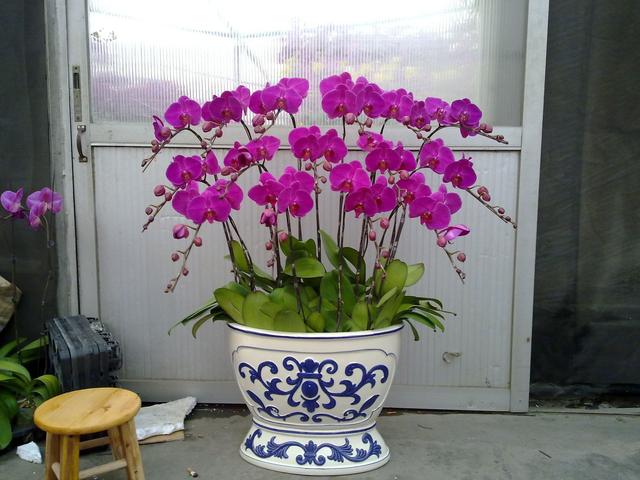
Although Phalaenopsis prefers shade, it is still necessary to make the orchid plant accept some light. Generally, it should be placed indoors where there is scattered light, so as not to let the sun shine directly.
4. Ventilation
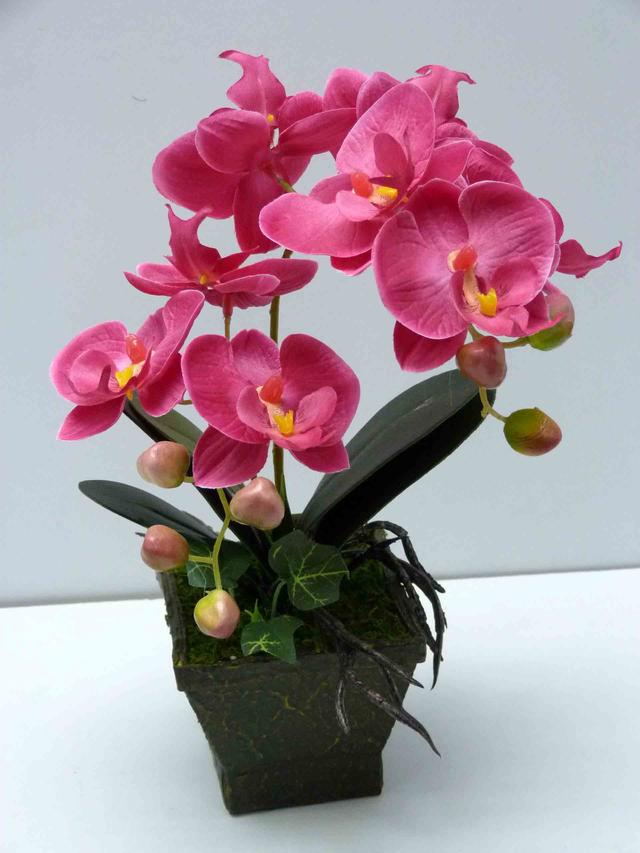
The normal growth of Phalaenopsis needs flowing fresh air, so domestic Phalaenopsis must be well ventilated, especially in the high humidity period in summer, it must be well ventilated to prevent heat, and at the same time avoid the infection of diseases and insect pests.
5. Fertilization
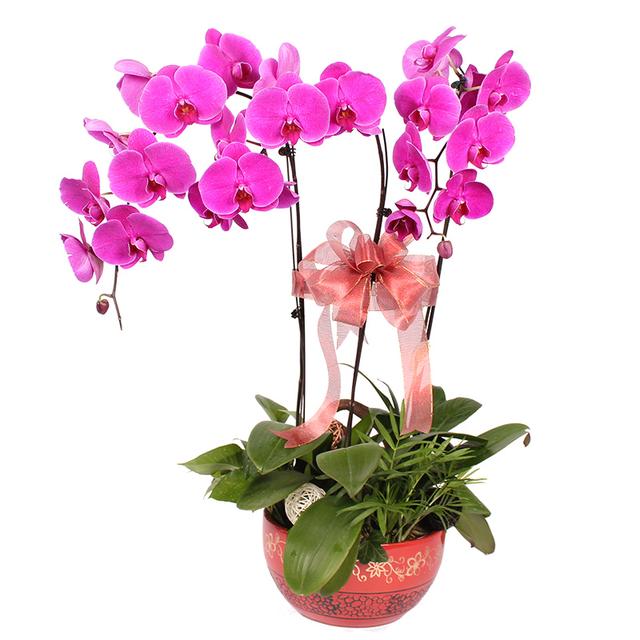
Phalaenopsis should be fertilized all year round and should not be stopped unless the low temperature lasts for a long time.
The time of fertilization is after watering in the afternoon, and after several times of fertilization, orchid pots and orchid plants should be washed with a lot of water to avoid residual inorganic salts harming the roots.
6. Management
The flowering period of butterfly orchids is usually around the Spring Festival, and the viewing period can be as long as 2-3 months.
Matters needing attention
1. Watering too frequently: friends who cultivate Phalaenopsis always worry that Phalaenopsis is short of water and water every day, resulting in serious root rot.
2. The temperature is too low: usually the flowering plants of Phalaenopsis are on the market in early spring, and they are generally enjoyed in the living room and other places after buying them home. Although the daily temperature in these places is enough, the night temperature is a little too low.
3. Excessive fertilization: apply fertilizer as soon as there is fertilizer, and do not pay attention to the concentration, thinking that if you apply fertilizer, you will grow faster.
4. Small plants grow large pots: feel that using large pots can give Phalaenopsis a relaxed environment and sufficient materials. In fact, after using a large basin, the water plant is not easy to dry, it is important to know that Phalaenopsis likes ventilation, ventilation is comfortable.
5. Dried flowers: try to buy flowers with thick petals.
Phalaenopsis is easy to suffer from soft rot and gray spot. Soft rot is very contagious. Once it is found, the diseased plants can be isolated immediately. The diseased plants can be controlled by manganese zinc substitutes or Haoshengling, usually sterilized once every 15 days.
The cultivation of flowers and trees not only needs to master certain technology, but also needs your meticulous care. The above are the breeding methods and points for attention of Phalaenopsis. I hope it can be used for your reference.
- Prev
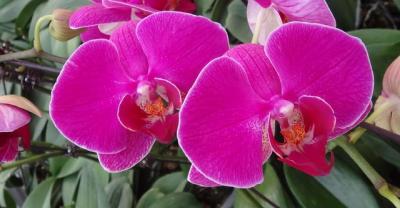
Culture methods and matters needing attention of crab claw orchid
The culture method of crab claw orchid and matters needing attention [FAQ] what are the culture methods and matters needing attention of crab claw orchid? [expert answer] the culture of crab claw orchid.
- Next
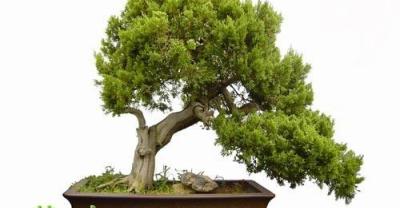
Ecological breeding techniques of Goat in South China
Ecological breeding technology of goats in southern China 1. Scientific and reasonable construction of sheepfold 1.1 Building-type sheepfold. The width of the general sheepfold is about 5.0 m and the height is 2.
Related
- On the eggshell is a badge full of pride. British Poultry Egg Market and Consumer observation
- British study: 72% of Britons are willing to buy native eggs raised by insects
- Guidelines for friendly egg production revised the increase of space in chicken sheds can not be forced to change feathers and lay eggs.
- Risk of delay in customs clearance Australia suspends lobster exports to China
- Pig semen-the Vector of virus Transmission (4)
- Pig semen-the Vector of virus Transmission (3)
- Five common causes of difficult control of classical swine fever in clinic and their countermeasures
- Foot-and-mouth disease is the most effective way to prevent it!
- PED is the number one killer of piglets and has to be guarded against in autumn and winter.
- What is "yellow fat pig"? Have you ever heard the pig collector talk about "yellow fat pig"?

